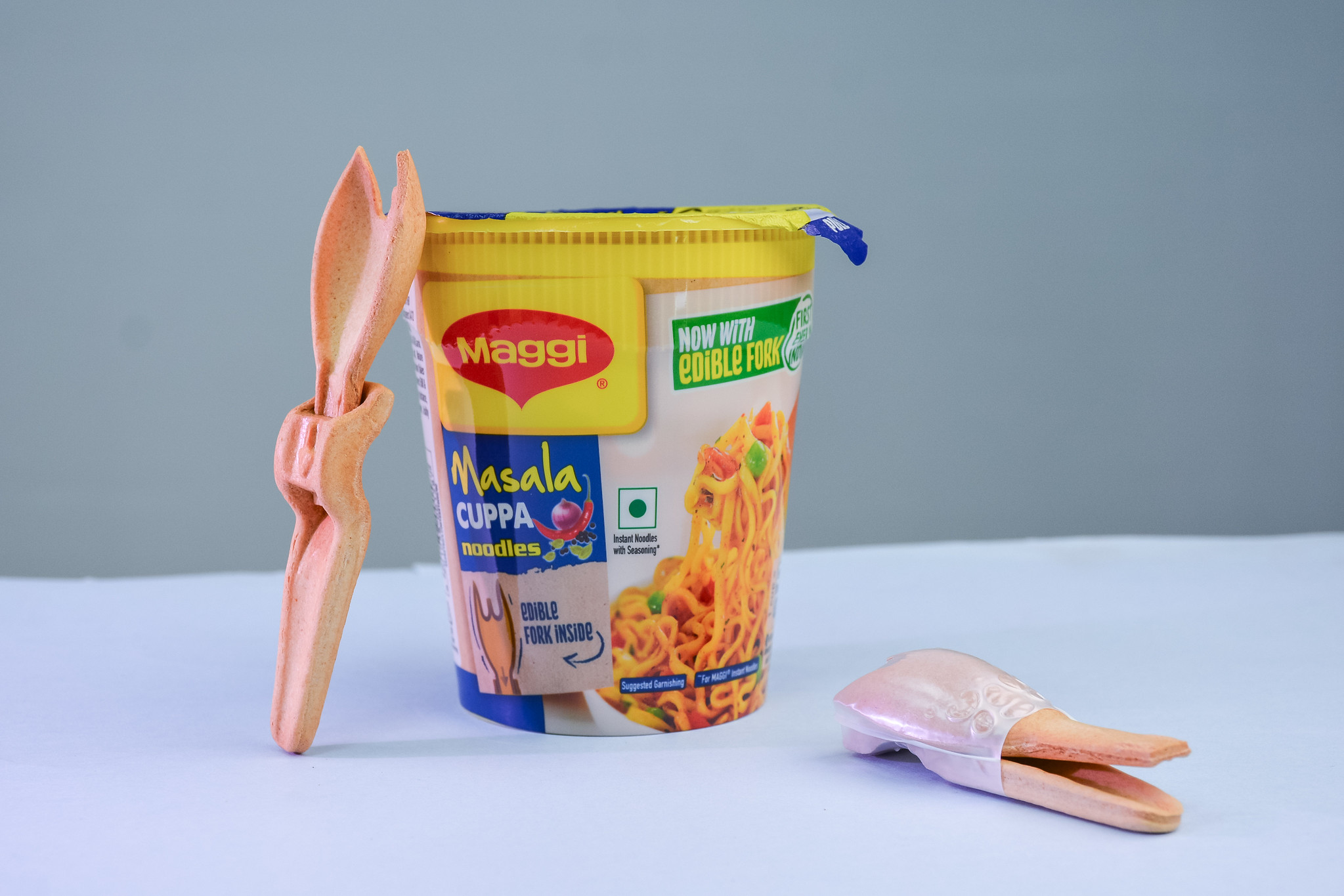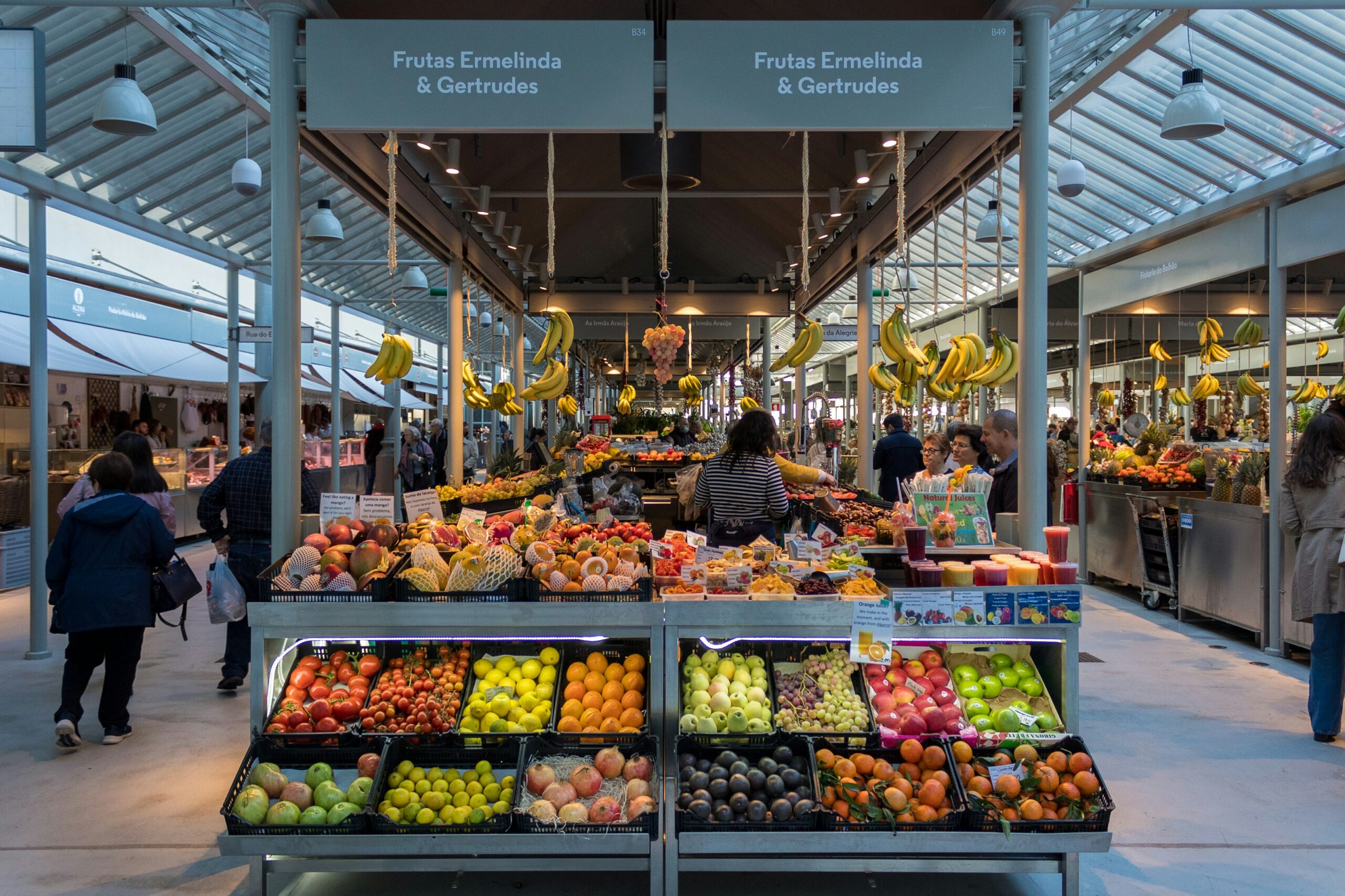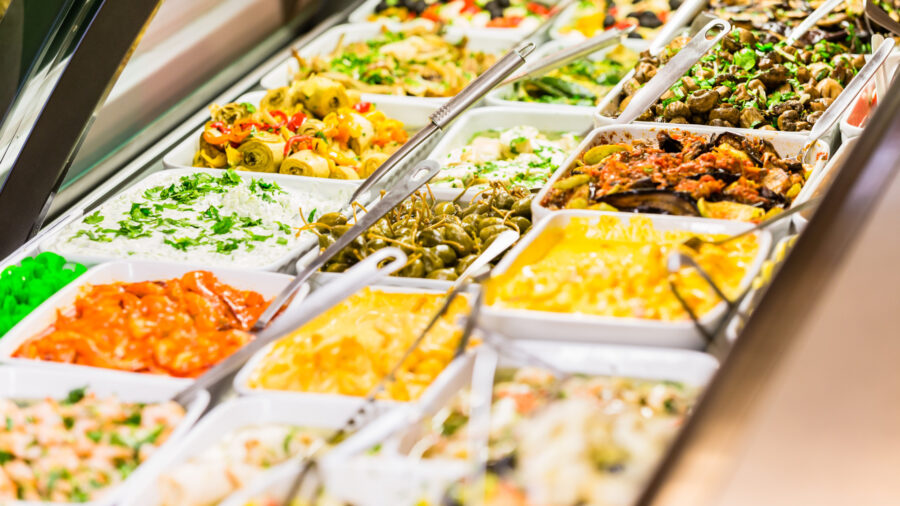Significant change appears likely regarding food packaging in 2024 in response to consumer demand and regulatory changes.
Approximately 77% of consumers feel eco-friendly food packaging is important, according to a new report by good natured Products.
“Sustainability reigns supreme,” good natured wrote in its report, which examined the top agri-food packaging trends to watch in the months ahead.
Here are several other takeaways from the report.
Simplification of Materials Emphasized
Streamlining packaging materials is paramount for improving recycling and composting processes, good natured contends. By using eco-friendly materials and designs that have been optimized for curbside recycling or composting, businesses can reduce waste and lessen their environmental impact.
“Ensuring packaging is from a single source, with the same disposal requirements, means that all items go into the same bin at the same time, allowing customers to dispose of packaging easily and without guilt,” said Adam Middleton, marketing manager at Takeaway Packaging, to The Food Institute. “On a business level, it can also help to reduce packaging waste, as you’ll only be using the correct amount that’s required for your product.”
Paul Antoniadis, the CEO of good natured, feels businesses need clearer guidance when it comes to initiatives like recycling.
“Sometimes when folks are confused, the result is they hesitate to act,” Antoniadis told FI. “It’s not about lack of urgency or willingness; it’s about making the path easier to understand and in a way that helps rather than hurts their business.
“If we can work to provide clear, unbiased guidelines that help companies navigate the noise to make informed, effective decisions that align with their values and objectives, we’ll see even more companies stepping up their efforts to make a positive environmental impact.”
Transparent Packaging Gains Steam
The adage “seeing is believing” holds true when it comes to grocery products like leafy greens, good natured noted. High-clarity, transparent packaging can have a big impact on consumers, providing assurance that a product is fresh and damage-free – top concerns for modern shoppers.
Spring Creek Quail Farms, for example, chose transparent, Bio-PET for their egg packaging, which results in less handling and open packages, meaning fewer eggs get broken. Plus, transparent packaging tends to catch the eye of shoppers, experts note.
“Transparent packaging offers significant value to produce businesses,” said packaging industry veteran Patrick Kerrigan, the president of the Alpha Poly Corporation. “It enhances visibility, showcasing freshness and quality, which can build consumer trust and positively impact brand perception.”
Regulations Will Evolve
The ever-changing regulatory landscape – not to mention the major U.S. election that looms next fall – could very well result in fluctuations in regional and national environmental programs.
Mandates around packaging materials, labeling, and end-of-life disposal can be complex for retailers and food producers, so it’s best to work with packaging experts who can help navigate which eco-friendly materials and designs are the best options for each business, good natured wrote in its report.
“The U.S. hasn’t implemented a single-use plastic ban on a federal level, (but) we have seen several states, such as New York and California, pick up the responsibility with plastic-bag bans over the past decade,” Middleton noted. “We’ll likely see further restrictions on single-use plastics on the horizon but at a state level, rather than a full, countrywide ban.
“This means that it’s imperative that businesses consider investing in sustainable, plastic-free packaging for their products.”












